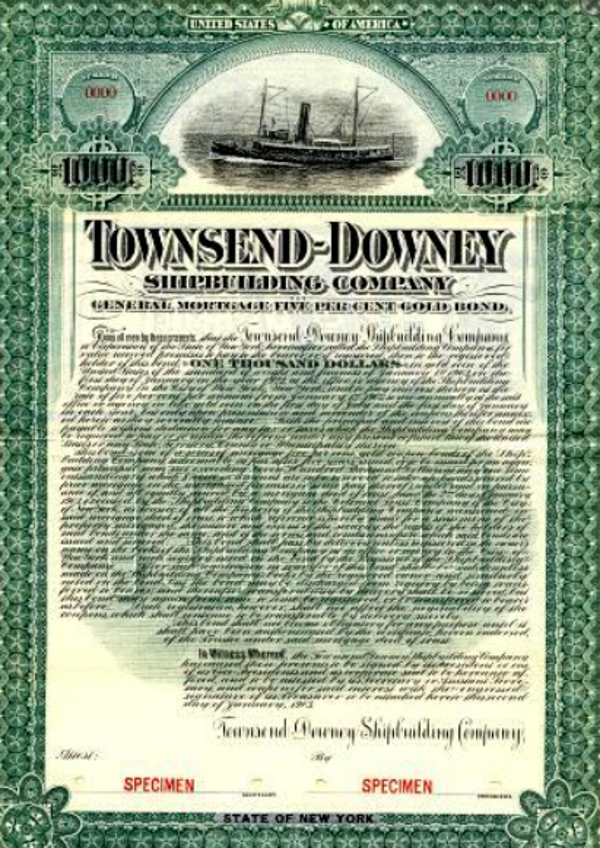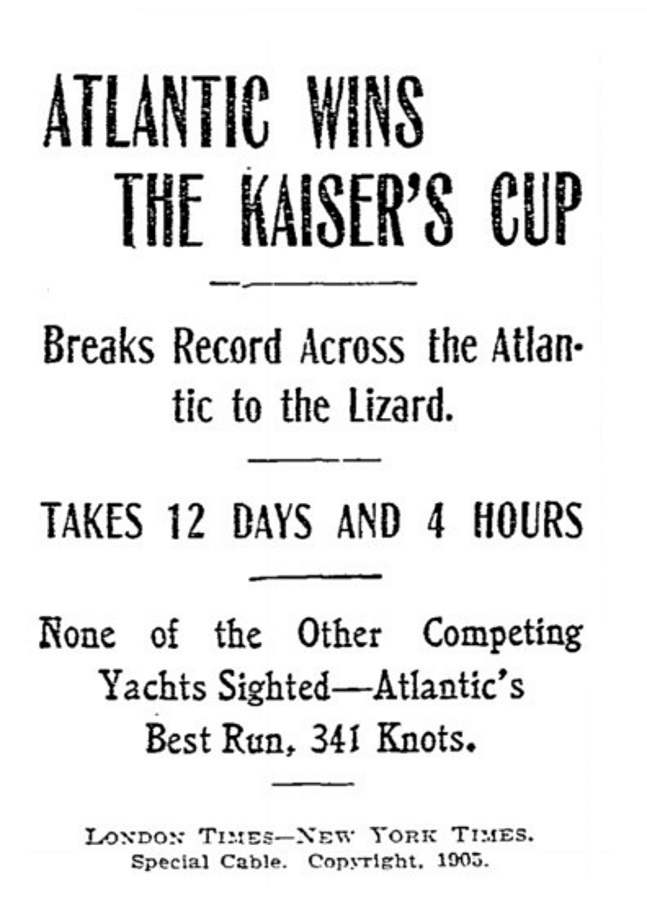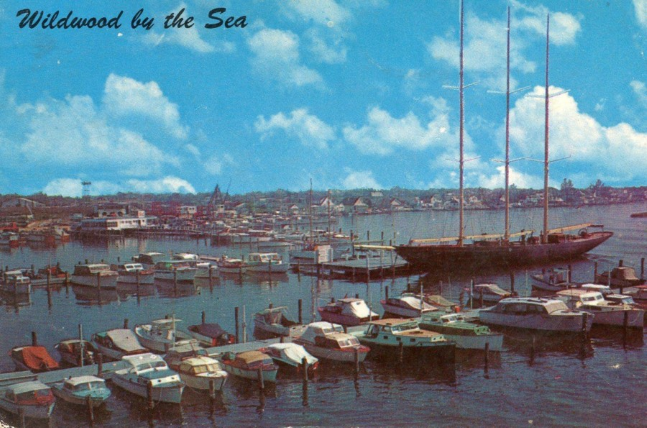The Yacht That Sunk In Wildwood by Joey Contino
In some of the Wildwood message boards we have been talking about an old schooner yacht that had sunk in Wildwood in late 1963. I had briefly heard stories about the ship but wasn’t alive to see her. Any kind of shipwreck intrigues me and because it happened in Wildwood it caught my attention. Step back in time as we discuss the schooner “Atlantic” and how this world record holding yacht found herself in a watery grave at the bottom of the Yacht basin in Wildwood.
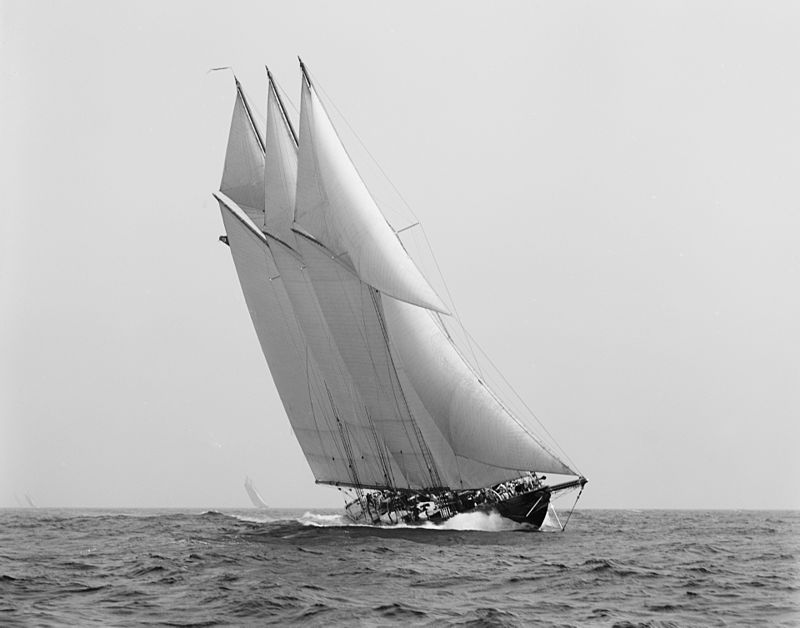
In 1903 yachtsman Wilson Marshall, a somewhat reclusive American millionaire, commissioned Gardner & Cox to design the Atlantic, awarding Townsend-Downey Shipbuilding Company a million dollar contract to build her. Built at Shooters Island in Kill Van Kull (Staten Island), the Atlantic was constructed using the most expensive materials available. Wrought-iron plating, flush riveted for her hull, with interior fittings including marble floors, bathtubs, Tiffany skylights, mahogany furnishings and gold plated faucets. Marshall would race her under the auspices of the New York Yacht Club. as the largest private yacht of her day ending up 187’/ 57m overall, with three masts and displacing 303 tonnes.
By late 1904, after refitting her with a new 80 tonne fixed keel, the Atlantic was now seaworthy. Marshall, his legendary skipper Charlie Bar (rivals called him “Wee Charlie” on account of his height 5’3″) and his crew started training for Emperor of Germany’s yacht race called the “Kaiser Cup.” The race was 3,104 mile ocean race from Sandy Hook, N.J., to Cowes, England. 11 yachts took up the challenge to race against each other to see who could win the $5,000 gold ewer trophy for fastest to finish, boat for boat.
In the long haul, The Atlantic, won the Kaiser’s Cup and broke the record for the fastest time. That time was 12 days, 4 hours, 1 minute and 17 seconds, a remarkable record that stood for 97 years.
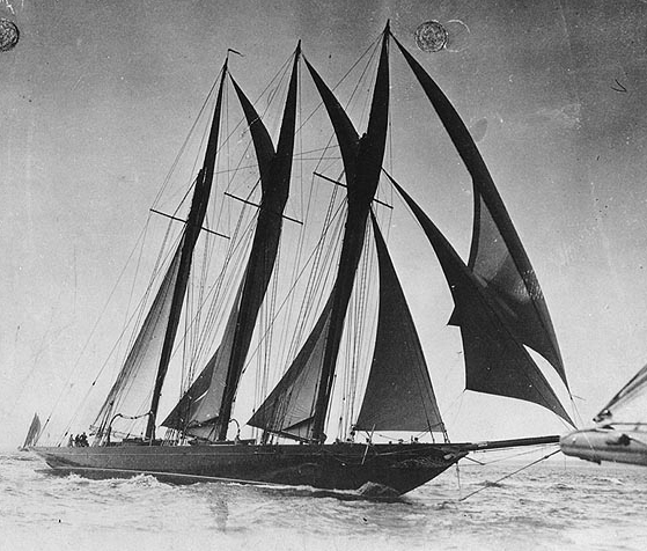
During World War I The Atlantic was donated to the U.S. Coast Guard to help train new members in water saving techniques. Then in 1941, she was used once again by the Coast Guard to patrol the United States coast to lookout for German submarines. By the 1947 she was decommissioned and sent to United Boat Service Yard at City Island in New York to be sold but she never was. After sitting for years with no buyer, the UBSY decided to sell her to a Delaware scrap yard.
Ward Bright, a yachtsman from Wildwood, saw the boat at the scrap yard, and decided to purchase her in 1953. Once in Wildwood, Bright fixed up The Atlantic and made her into a floating tea room at the marina next to the George Redding Bridge. Many of which could see her masts as they drove into Wildwood.
In the late 1950s she was ripped off her moorings and damaged. Bright didn’t have the money to fix her and due to neglect, she sank on December. 5, 1963, in 30 feet of water during a storm.
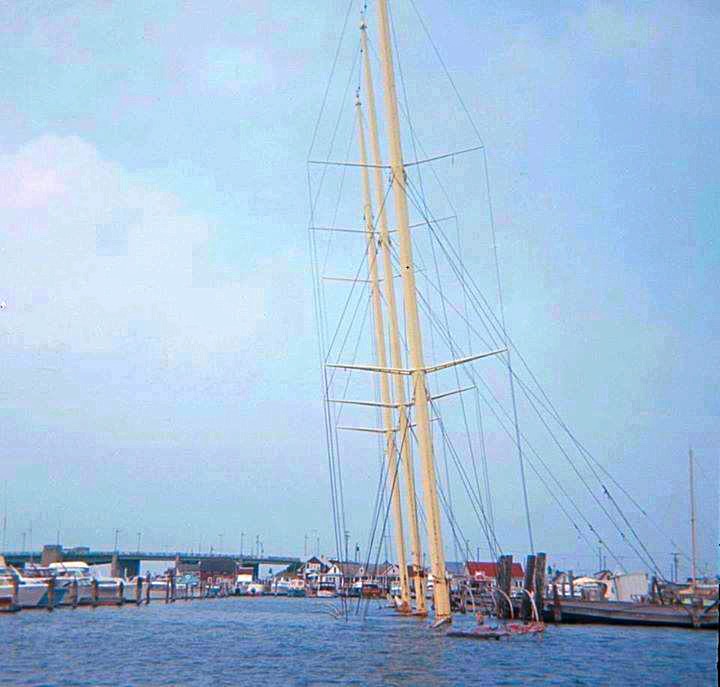
into Wildwood
She was refloated on May 2nd 1969, but sunk again in 1973. At this time Genero Santos purchased the yacht and after several weeks she was refloated once again by a salvage team. Santos had envisioned The Atlantic as a sail training ship.
Everything was going well until a passing ship made too much wake. The movement of the wake caused one of the ship’s masts to come crashing down on the docks. Within a few days the ship sank for her last time.
The Atlantic was purchased and refloated once more, but this time she was scraped at a yard in Newport News Boat Harbor, Virginia on the 30th day of January 1982, after a failed attempt to turn her into a timeshare.
The only thing that remains of The Atlantic is the rudder that was last seen at the now closed Museum of Yachting in Newport, Rhode Island.
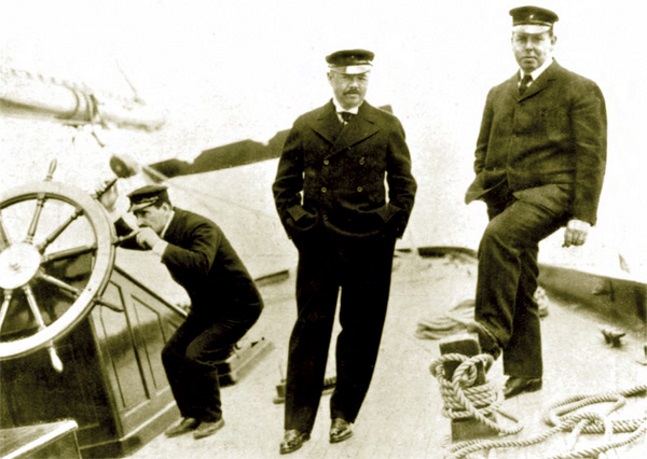
Resources
- Joey Contino
- The Wildwood Video Archive: http://wildwoodvideoarchive.com/
- U.S. Naval Historical Center
- Charles Edwin Bolles
- NY Times for the 1905 article on the Kaiser’s Cup.
- Michael Redpath

